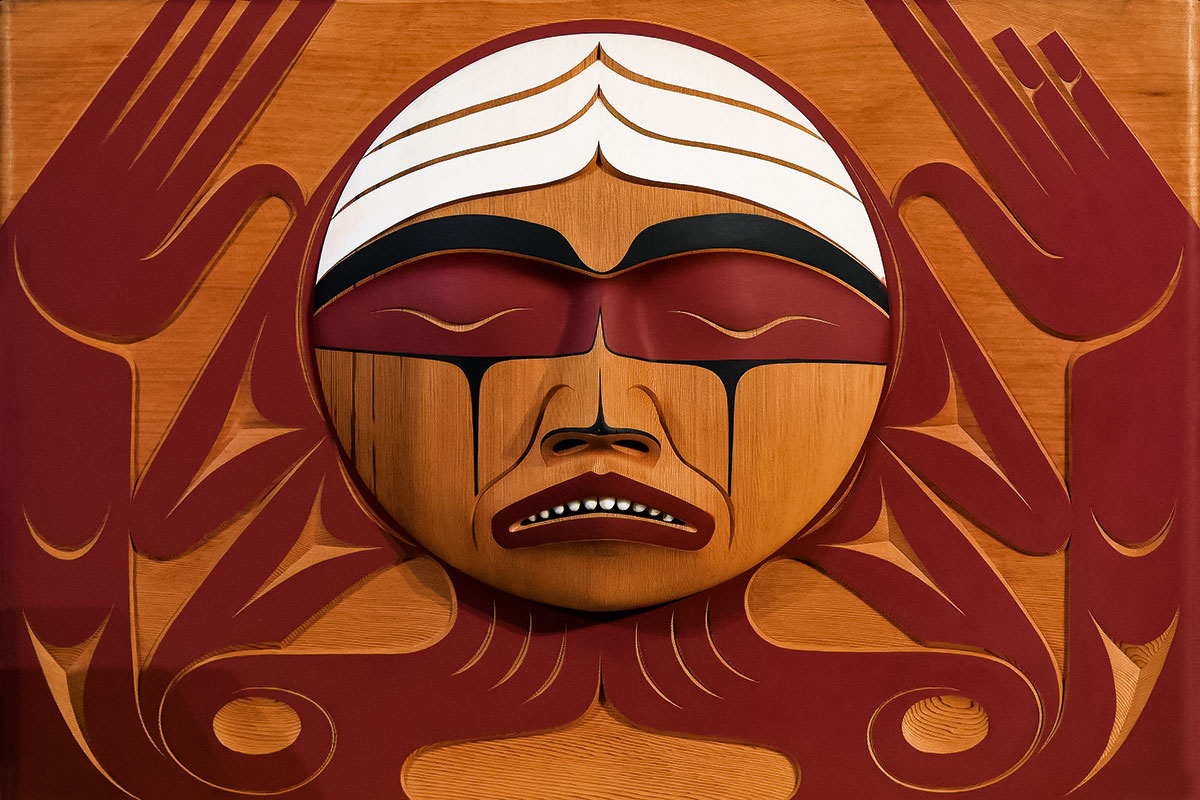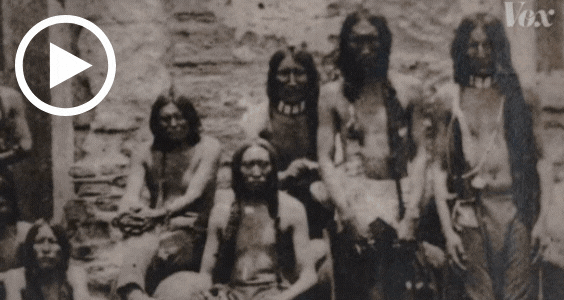A message about Residential Schools
Dear Community:
As DNDA progresses into our summer programming, we recognize the importance of taking a pause to acknowledge and bring to the forefront some ongoing news in order to grieve, question, and act together. This news is particularly relevant to us at DNDA as we have Indigenous and Coast Salish staff members, artists, and knowledge keepers within our immediate community.
Indigenous communities shook in horror last month upon the discovery of 215 human remains of Indigenous children found on the former grounds of the Kamloops Indian Residential School in BC, Canada. We’ve quietly watched as an additional six residential schools were searched, and the number of children’s bodies found now lies at more than 1,500. There are still 497 residential schools yet to be searched.
As the ancestors and relatives of many within our DNDA community are being found, we are reminded of the colonial violence and horrors perpetuated against the First Peoples, Inuit, and Metis people across all of North America. The stories of these children found in graves are not isolated incidents, but the direct result of policies and strategies aimed at the genocide and eradication of non-white culture in North America. The first of these schools began in the US in 1879 as an experiment in forced assimilation targeted at Indigenous communities’ children in partnership with Christian and Catholic missionaries. The last residential school closed in Canada in 1996 – just 25 years ago. This is not in the past, as many personal and intergenerational effects are still rippling out today.
Indigenous communities have long spoken out about the atrocities carried out by Catholic and Christian missionaries on behalf of the US and Canadian governments at these schools. These Indian Residential/Boarding Schools served as concentration camps for Indigenous youth. It’s been recorded that 90% to 100% of children brought to these camps suffered severe physical, emotional, and sexual abuse, torture, neglect, and starvation. Mortality rates were 40% to 60% with numerous children unaccounted for (Sources: Background | Reconciliation Canada). These statistics were collected when the Canadian government issued a formal apology for its role in these schools in 2008. While these statistics give a small snapshot into the experience of Canadian Residential Schools, the system used in Canada was modeled after the Indian Boarding Schools that occurred first in the US.
There are no statistics on Indian Boarding Schools in the US because the US has yet to acknowledge or issue an apology for the role it played in these horrors. Nor has any denomination of the Christian or Catholic churches. Now is the time to familiarize yourself with this little-talked about facet of our history on this land, and to discuss and think about what we are doing to uphold these violent systems, and what we are doing to undo them within ourselves and our greater society. There are many resources available to aid you in this research, and we have included a few below. At a recent DNDA staff meeting we educated ourselves on the history of residential schools and the Indian Adoption Program through group discussions and viewing of this 13-minute video.
We stand in solidarity with our Indigenous community members at DNDA and across all of Coast Salish land in their grief, as we grieve. In addition to grieving together, we must act in solidarity together. On June 22nd 2021, US Secretary of the Interior Deb Haaland announced a Federal Indian Boarding School Initiative to investigate and review the horrible legacy of federal boarding schools. While this is one step toward reconciliation, the work does not stop here.
We see the impact of colonization through many facets of everyday life and we encourage everyone to examine their relationship to the stolen land we all reside on, our perceptions of Indigenous communities and cultures, and the narratives around the United States’ history of genocide and Indian Boarding Schools. The time is now to listen and to uncover the truth of all these missing children and honor their lives in ways deemed appropriate by their families and tribal communities. The Indigenous staff, artists, and knowledge keepers DNDA employs are either survivors of these Indian Boarding Schools, or the children and grandchildren of them. They are still here, and their voices matter.
Thank you for standing in solidarity not only with DNDA, but also with all Indigenous communities across North America/Turtle Island.
DNDA Staff & Board

Bent Wood Medicine Box – by renowned Coast Salish carver Luke Marston, and with other residential school survivors. https://lukemarston.com/art/bent-wood-medicine-box/

